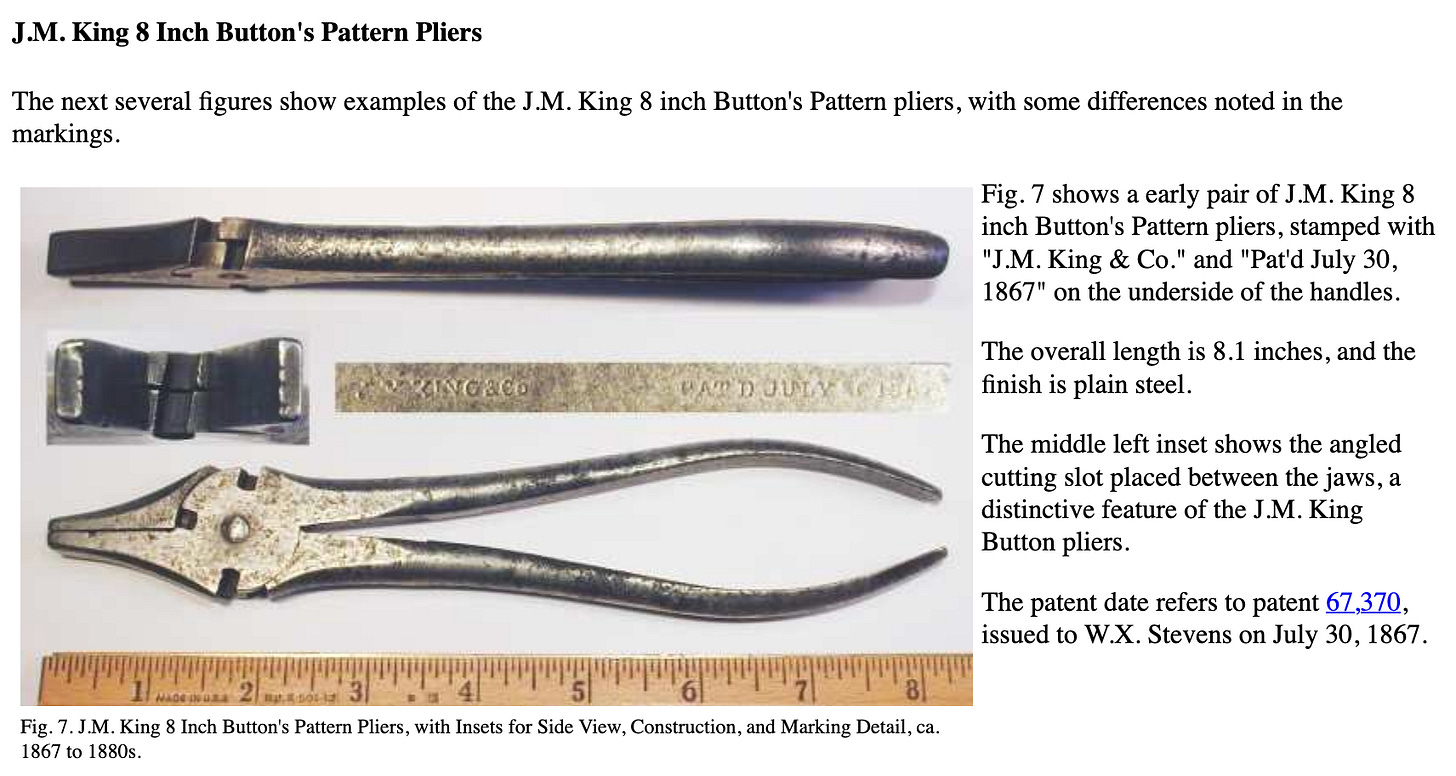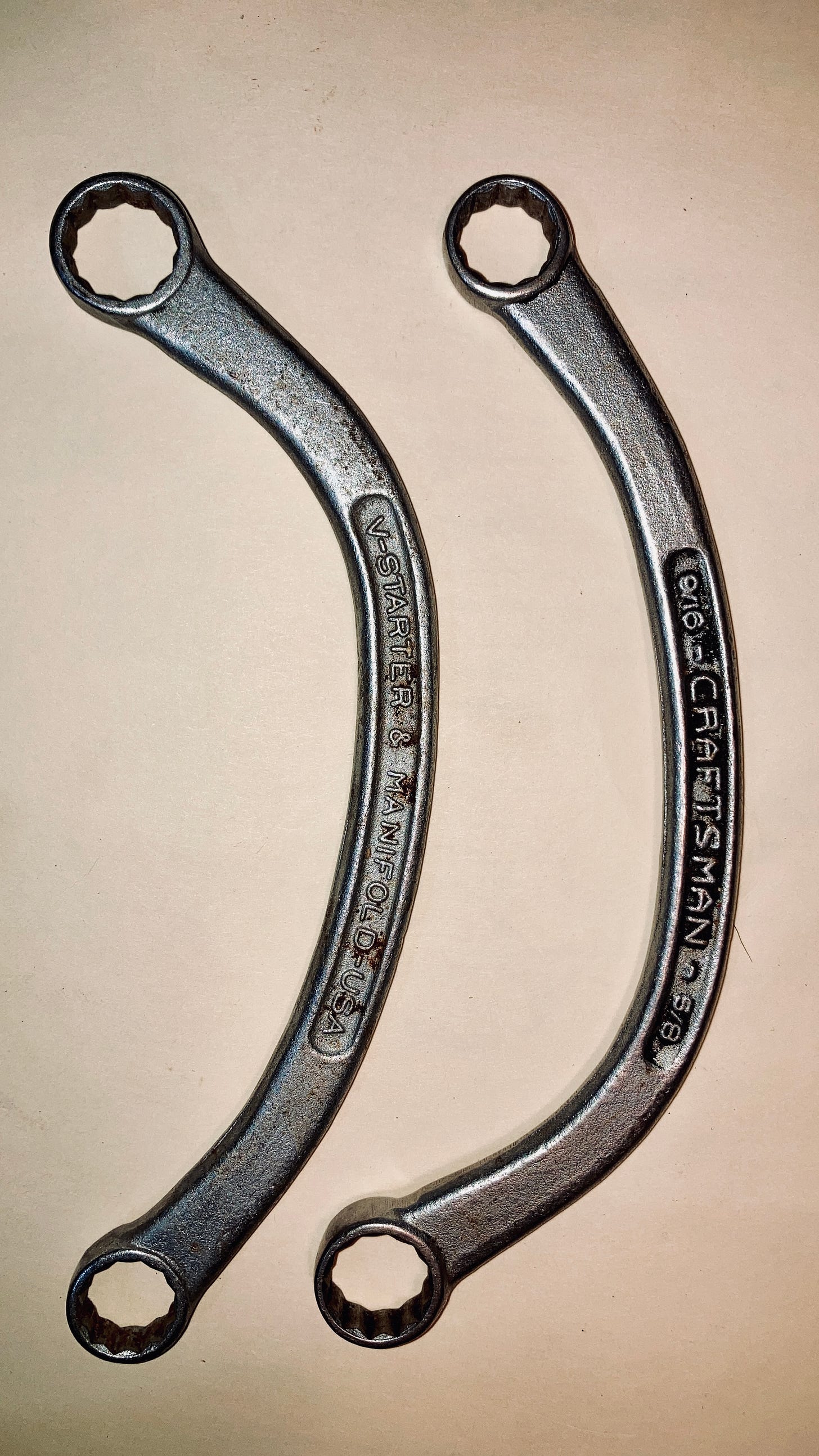Gar's Tips & Tools - Issue #183
Access to tools, techniques, and shop tales from the diverse worlds of DIY
Tool Tourism? Road Trip!
Oh my word. If you’re as “oddly fond of tools” as I am, I dare you to watch this video and not start thinking about how you can get to this little store in Colorado. Charlie’s is a 2nd hand tool store in downtown Denver, CO that’s been in business since 1928. From this video on Last Best Tools, the place looks heaped, floor to ceiling, front to back with all manner of used (and new) tools, machinery, and miscellaneous vintage treasures. The video made me dizzy, both with the swift and jittery camera work and the tool riches before the lens. I love how Mark of Last Best Tools narrates with a combination of quotes from Charlie’s website, newspaper clippings, customer reviews, and his own in-store experience. Have any Tips and Tools readers ever been there? I would love to hear your experiences. If I ever get to Denver, this will be the first place I’d go. BTW: “We are oddly fond of tools” is what it says on the Charlie’s t-shirts. I think I need one.
The Art of Sprue Stretching
I’ve been involved in hobby modeling, in some capacity, for most of my life. Over that time, I’ve gotten pretty good at many things. One of them is not sprue stretching. A sprue is the plastic frame that holds the model parts in place — it is used as channels in the injection molding process. For decades, modelers have figured out how to use this scrap material for scratch building, melting it in acetone to create gap filler and modeling putty, and many other uses. In sprue stretching, you create model antennae, cable runs, welding seams, and other detailing by heating up a piece of sprue with a candle and stretching it to the desired diameter and shape. This Instagram post above shows how it’s done and how it can be applied. Here’s a video on how to stretch sprue from FineScale Modeler magazine.
The Weird Wonders of Mecanum Wheels
In this video, Jeremy Fielding ponders the fascinating Mecanum wheel, a unique device that allows vehicles to move in multiple directions, including sideways, thanks to its ingenious design. Jeremy demonstrates how these wheels function using a remote-controlled car and explains the physics behind their movements, emphasizing the impact of wheel orientation and force vectors. He also discusses practical applications of Mecanum wheels in environments where maneuverability is critical, such as warehouses and hospitals, and explores the trade-offs involved, including higher costs and maintenance needs. If you want to experiment with Mecanum wheels, you can buy cheap plastic hobby set (of 4) on Amazon.
How to Use Vernier and Digital Calipers
Proper use of calipers, both the analog vernier and digital calipers, is something that intimidates a lot of people. In this under 8-minute video, James Gatlin runs through proper operation of both versions of this common and super-useful measuring tool. While most of this info is basic, there are some good tips in here and clear explanations of features that likely flummox some users (like how the vernier scale works with the main scale on vernier calipers and how the step feature works on calipers).
Jig for Dowel Jointing
Takurou Seino, of Takuwoodcraft, is known for the beautiful and useful jigs he makes. In this Instagram video, he makes a cool little jig for perfect dowel placement in dowel jointing. As someone in the comments points out, this jig is only good for one thickness of material and you’d need a different jig for other lumber, but if you’re doing, say, a lot of picture frames… Nice tip here of marking lines in plexi by scribing the desired lines, covering the lines with Sharpie, and then wiping away the excess.
How Concrete Pipes Are Made
If you’ve ever looked at large concrete pipe and culverts and wondered how they are made, here ya go. Cool.
Shop Talk
Readers offer their feedback, tips, tales, and tool recommendations.
Reader Rex Burkheimer writes:
Used toolboxes - I’ve bought a few toolboxes from estate and garage sales, and scored some valuable tools in doing so. By far the best deals I have found are from business auctions, particularly from manufacturing shops. I love those that offer "Lot## Contents of shelf" with a photo showing a greasy, grimy jumble of "things." I have bought many of these for a pittance and found literally hundreds of dollars worth of usable or salable tools. The fun is identifying them and determining the best place to sell: eBay, CL, FB Marketplace, etc. The best example ever was the shelf I bought for $8.56, including tax. I was the only bidder. I sold the contents for ~$1200 over a 3 month period, and kept one item, a Mitutoyo toolmakers microscope. I later sold that for $600.
And, one of your regular readers commented that the Tub-O-Towels product contains lanolin. I verified. Lanolin is the best rust-preventative I know of. I credit it with keeping my valuable machine tools free of rust for over a decade in an unheated steel building. Those towels may have enough lanolin to make them useful in cleaning precision tools, firearms etc. I'll buy a tub.
Kevin Baker says “Let’s talk more about vintage tools:”
I have two favorite vintage tools. Both were given to me by my grandfather. Two Craftsman Starter and Manifold wrenches.
Kevin also recommended a really great vintage tool site, Alloy Artifacts Museum of Tool History. This is the kind of site, done in old-school, early web style (18 years and counting!) that you could spend hours poking around on.

Consider a Paid Subscription
Gar’s Tips & Tools is always free. But if you if you find it truly useful to you, consider a paid subscription ($8/month). This keeps me in chai latte and tortilla chips while I’m working on this labor of love. If you really want to show your patronage, consider becoming a Hero of the Realm. I will send custom packages of goodies (books, tools, zines, and more) to all my Heroes.
Thanks to all those who’ve already subscribed. You are the fuel in my butane torch.






This was the issue that finally got me to subscribe (I have enjoyed your newsletter for a while, but am on a limited fixed income, sorry); every item was fascinating to me. Thank you.
Good stuff. I have a Dowl-it jig (made in Michigan) and it is great handling different thickness boards and sizes of dowels. Used it to put together scrap boards for shelves and a rolling platform.